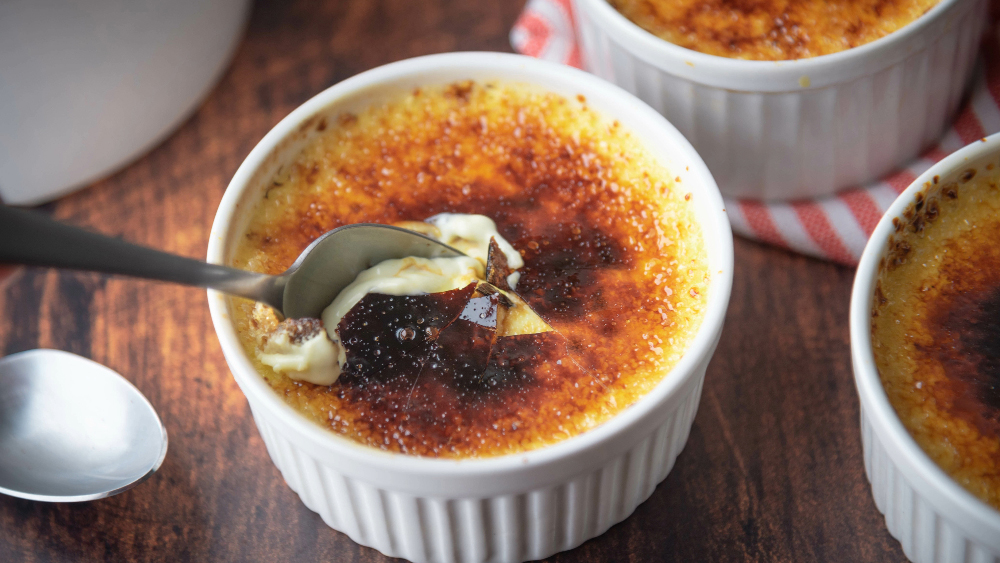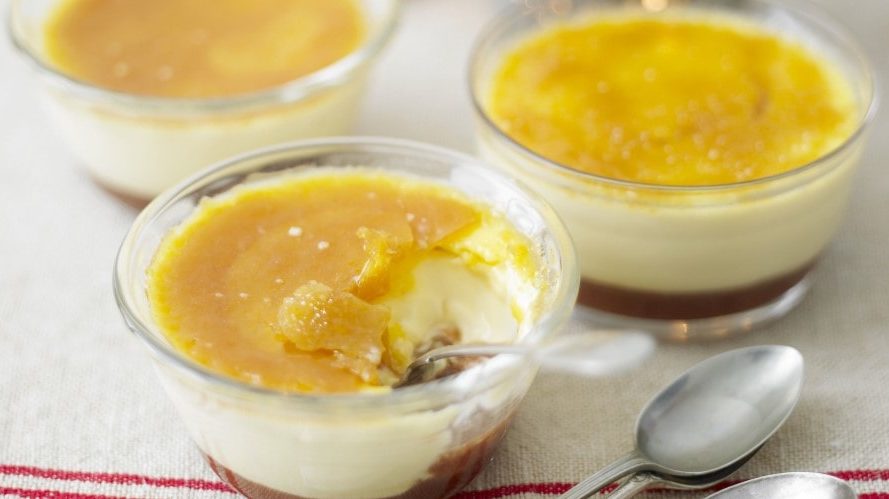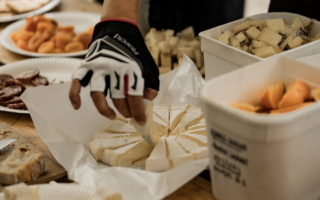
Mastering the art of crème brûlée: step-by-step guide
Crème brûlée is a decadent dessert that has become a staple in many high-end restaurants. Its creamy custard base and caramelised sugar topping make it a favourite among dessert enthusiasts. Making crème brûlée may seem intimidating, but with a few simple steps, you can master the art of this classic dessert.
Step-by-step guide
Choosing the right ingredients
The key to making a perfect crème brûlée is using the right ingredients. Start by choosing high-quality heavy/double cream and fresh eggs. The cream should be rich and full-fat, while the eggs should be fresh and at room temperature. Avoid using ultra-pasteurised cream as it may affect the texture of your custard. For the best flavour, use vanilla beans instead of extract. Finally, make sure to use granulated sugar for the caramelised topping.
Preparing the custard
To prepare the custard, start by whisking together egg yolks and sugar until the mixture becomes light and pale. Next, heat the cream and vanilla beans in a saucepan until it simmers. Remove the vanilla beans and slowly pour the hot cream into the egg mixture while whisking continuously. Strain the mixture through a fine-mesh sieve to remove any lumps or air bubbles.

Baking and caramelising
Preheat your oven to 300°F/150°C and place your ramekins in a baking dish. Pour the custard mixture into the ramekins, filling them about ¾ of the way. Fill the baking dish with hot water until it reaches halfway up the sides of the ramekins. Bake for about 35-40 minutes or until the custard is set but still jiggles slightly in the centre. Remove the ramekins from the water bath and let them cool to room temperature.
The final step in making the perfect crème brûlée is caramelising the sugar on top. This process involves heating the sugar until it melts and turns into a golden-brown liquid. Once cooled, sprinkle a thin layer of granulated sugar on top of each custard. Use a kitchen blow torch to caramelise the sugar until it forms a golden-brown crust. Leave the sugar until it cools and hardens, creating a crispy layer on top of the custard.

The importance of temperatures
One of the most critical aspects of making the perfect crème brûlée is getting the temperatures right. The custard should be cooked at a low temperature to ensure that it sets correctly. If the temperature is too high, the custard will curdle and become grainy. On the other hand, the caramelised sugar on top should be cooked at a high temperature to ensure that it melts and creates a crispy layer. If the temperature is too low, the sugar will not caramelise properly and will remain soft and sticky.
Looking to try your hand at making a delicious crème brûlée? Try out the recipes below:
Latest posts:
- Duck liver flan with port coulis
- “Keep your teeth for the cheese”: France’s tastiest mountain biking trail
- How to eat cheese: A cheesemonger’s guide
- Oysters au gratin with cocoa nibs
- Fresh sheep’s milk cheese balls
Lead photo credit : (c) Adobe Stock
Share to: Facebook Twitter LinkedIn Email
More in Cooking basics, Crème brûlée, French cooking guide, How-to-make French Recipe






REPLY